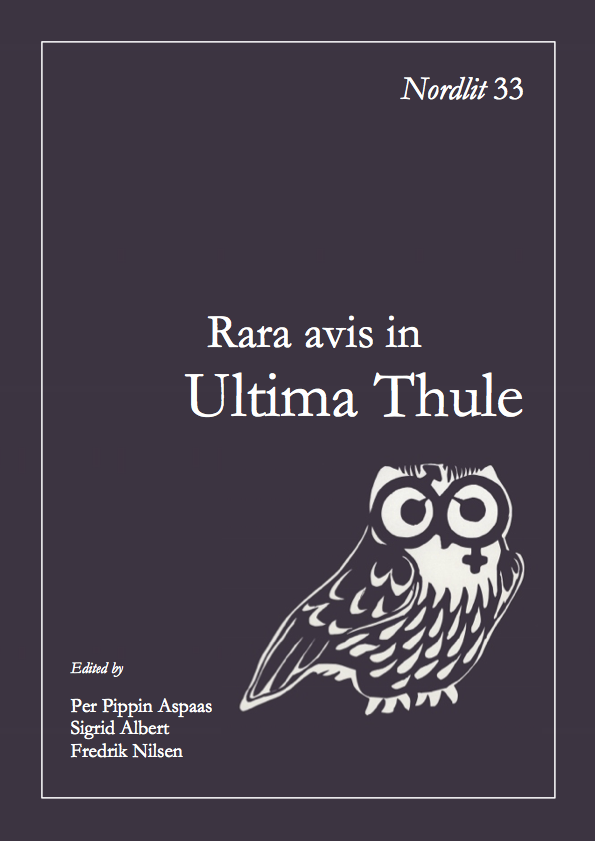Plastic accommodations of female agency: Vergil, Horace and Antipater of Thessalonica
DOI:
https://doi.org/10.7557/13.3179Keywords:
Female agency, Portico of Pompey, Homer, Vergil, Horace, Antipater of ThessalonicaAbstract
By taking statues in the Portico of Pompey as a point of departure, the present investigation centres on the less known poet Antipater of Thessalonica, who composed epigrams in Greek in Augustan Rome, as well as the famous Augustan poets Horace and Vergil. Representations of male figures in the object position that go back to Homer will be important as a contrast to representations of female agency in Augustan Rome. As will be shown, Antipater, Horace and Vergil highlight female agency in subject as well as object positions that resonate with a number of the female figures in the Pompeian Portico, thus contributing to a richer understanding of how women may be represented in ancient art forms.Downloads
Published
2014-11-16
How to Cite
Thorsen, Thea Selliaas. 2014. “Plastic accommodations of female agency: Vergil, Horace and Antipater of Thessalonica”. Nordlit, no. 33 (November):159-70. https://doi.org/10.7557/13.3179.
Issue
Section
Articles









